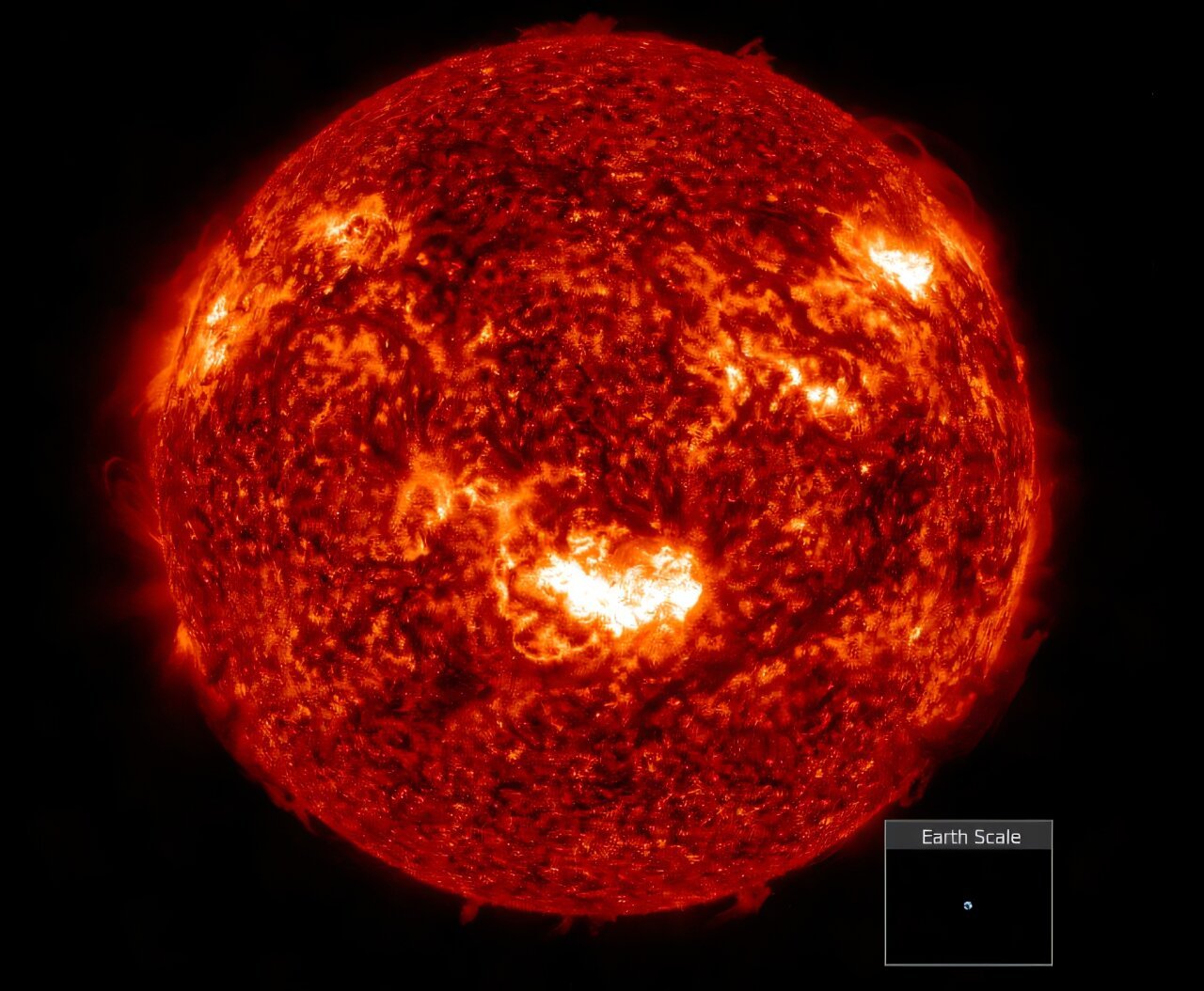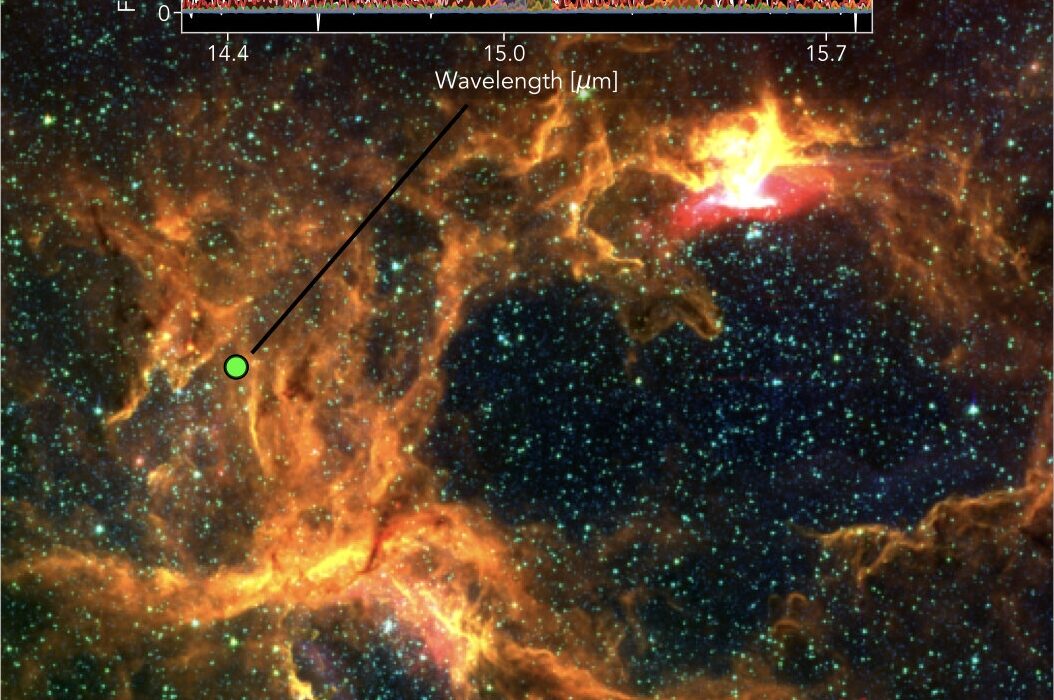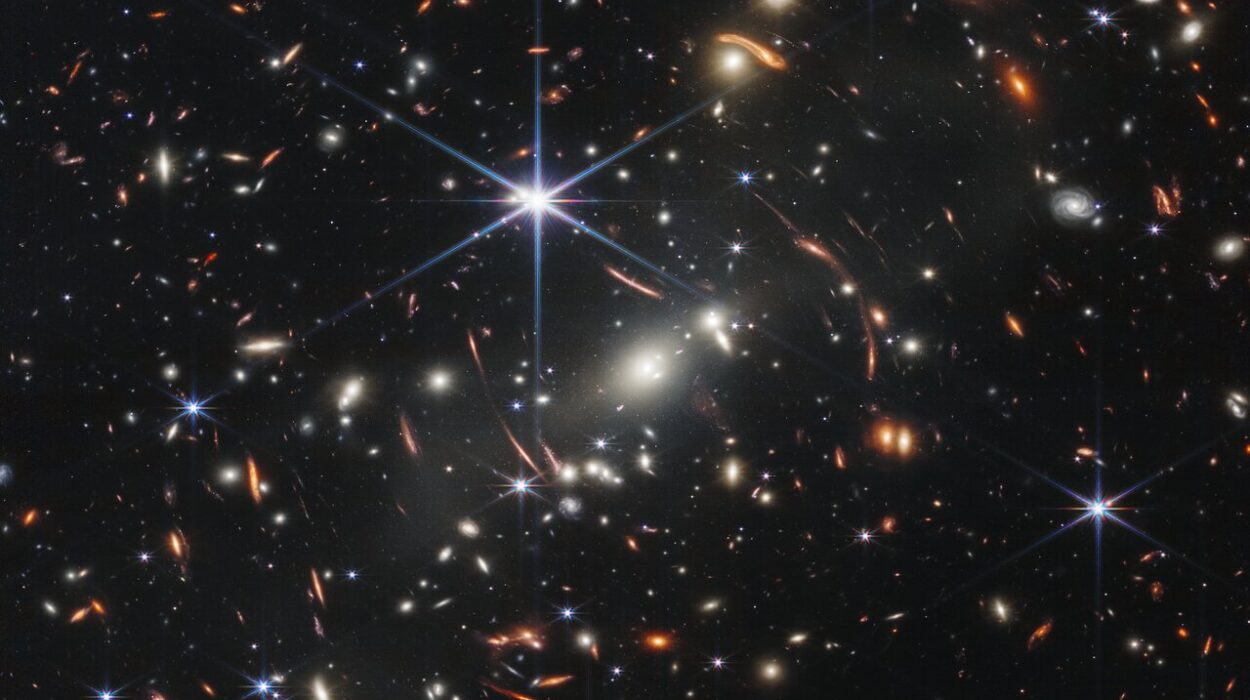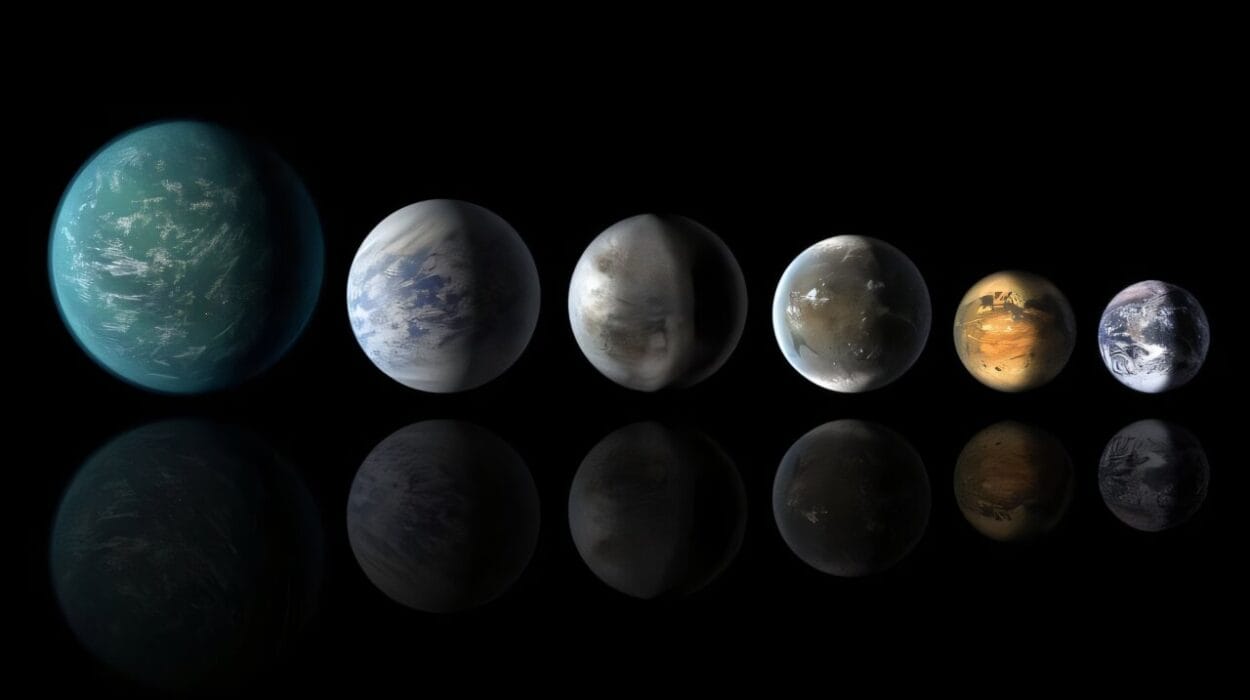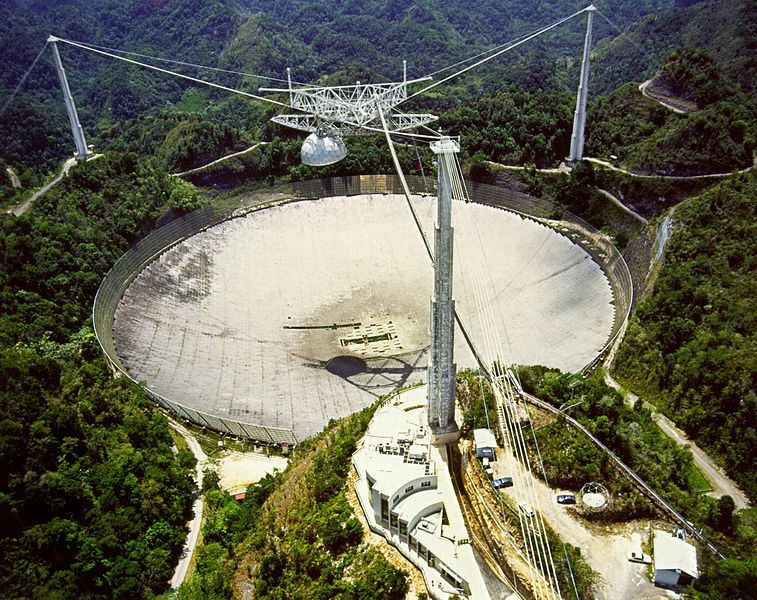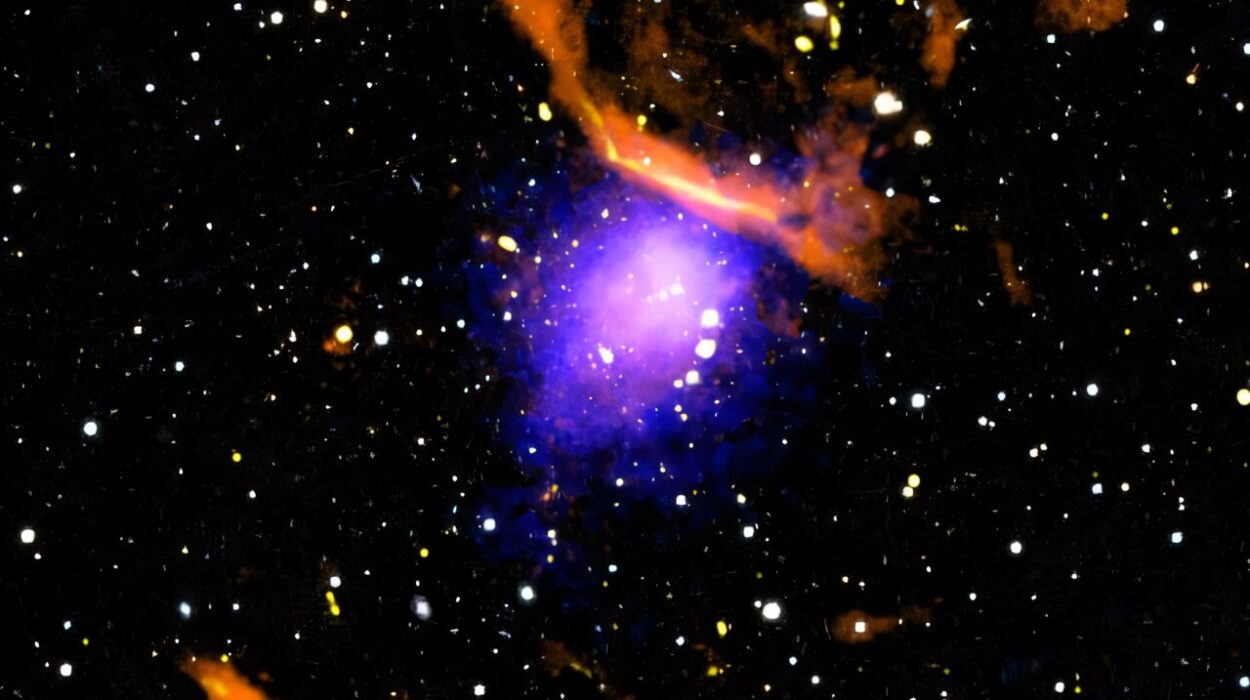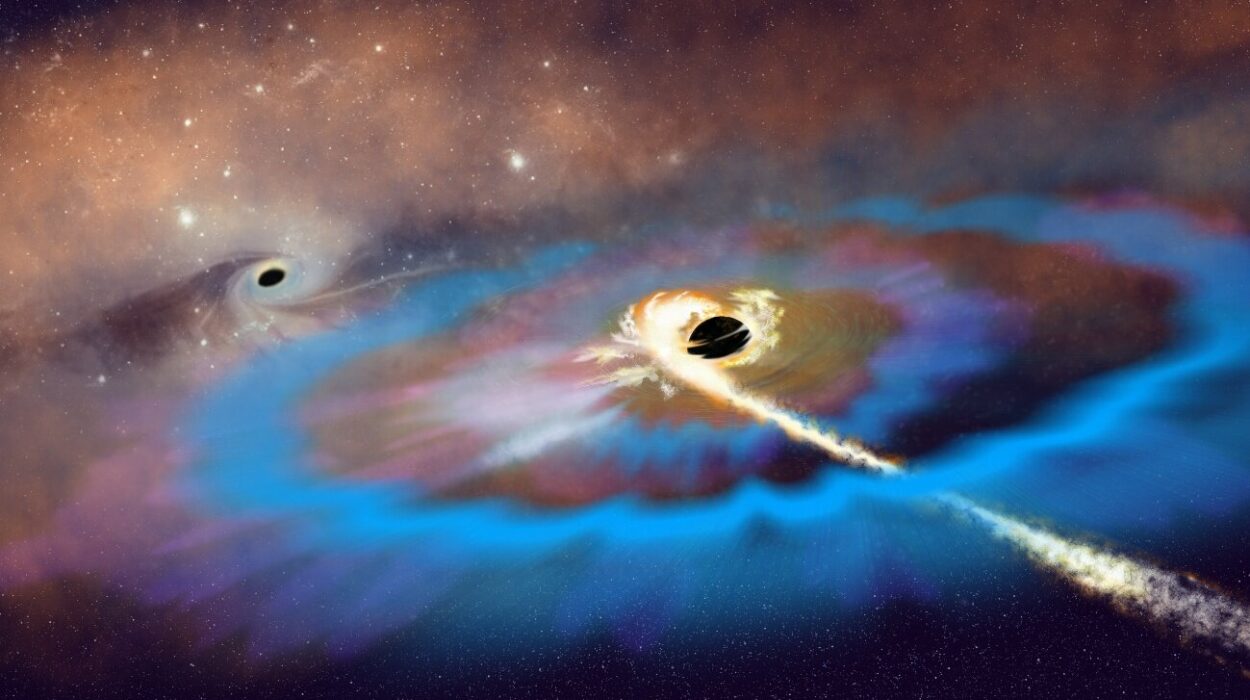Exactly one year ago, a room full of scientists, engineers, and federal officials from NASA and more than 30 other U.S. agencies gathered for what was supposed to be a routine preparedness exercise. The topic: space weather. Their mission was to walk through a hypothetical geomagnetic storm scenario, identify weaknesses in existing protocols, and practice responding to a massive, disruptive event driven by solar activity.
Then, in a twist worthy of science fiction, their fictional exercise was abruptly overtaken by reality.
On May 10, 2024, the Earth was hit by a real and ferocious G5-class geomagnetic storm—the strongest level on the NOAA space weather scale. It was the first storm of its kind in over two decades, and though it didn’t bring catastrophic destruction, it revealed just how vulnerable our modern, technology-reliant world is to the whims of our own star. The event has since been named the Gannon Storm, in honor of space weather physicist Jennifer Gannon.
What is a Geomagnetic Storm?
Before diving into the fallout, it’s important to understand what exactly happened. A geomagnetic storm is a temporary disturbance of Earth’s magnetic field caused by solar activity—specifically coronal mass ejections (CMEs), which are massive bursts of solar plasma and magnetic fields hurled into space.
When a CME collides with Earth’s magnetosphere, it sends shockwaves through our planet’s protective magnetic bubble. The effects can cascade downward, disturbing satellites, disrupting power systems, altering the atmosphere, and even shifting magnetic navigation systems.
The Gannon Storm was triggered by an exceptionally powerful CME and provided an unfiltered look at the sun’s disruptive potential.
Ripple Effects on Earth: Power, Agriculture, and Aviation
The Gannon Storm quickly made its presence known across the globe. On the ground, power grids felt the strain. High-voltage transmission lines in some regions tripped offline, and several transformers overheated. In the U.S. Midwest, GPS-guided agricultural machinery—essential tools for modern precision farming—suddenly veered off course.
“Farms hit by GPS failures saw average losses around $17,000 each,” said Dr. Terry Griffin, a professor of Agricultural Economics at Kansas State University. “It wasn’t catastrophic, but it added significant stress to an already rain-delayed planting season.”
Up in the skies, commercial aircraft flying transatlantic routes were rerouted due to elevated radiation levels and concerns about communication blackouts. Pilots and airlines scrambled to ensure that both passengers and electronics were kept safe from the intensifying solar exposure.
The thermosphere—the uppermost layer of the atmosphere—responded dramatically. Typically peaking at around 1,200 degrees Fahrenheit, it spiked to over 2,100 degrees, according to observations from NASA’s GOLD mission. This heating caused the atmosphere to expand, increasing drag on satellites and stirring up violent winds that lofted nitrogen particles far higher than usual.
Satellites in Distress
Earth’s expanding atmosphere didn’t just affect the weather. It wreaked havoc in orbit. Thousands of satellites found themselves pushed and pulled by unexpected atmospheric drag.
NASA’s ICESat-2 spacecraft lost altitude and was forced into safe mode. The CIRBE CubeSat—a small but vital spacecraft studying radiation belts—lost control and deorbited five months earlier than planned. European Space Agency satellites, including Sentinel, had to burn through extra fuel to maintain proper orbits and avoid space debris.
Meanwhile, the storm’s impact on the ionosphere—a layer of charged particles crucial for radio and satellite signals—was unprecedented. A dense nighttime region typically centered near the equator dipped dramatically toward the South Pole, creating a bizarre “check mark” shape and triggering signal disruptions across multiple continents.
The Magnetosphere Shudders
Earth’s magnetosphere—the magnetic force field protecting us from cosmic and solar radiation—was also rocked to its core.
NASA’s THEMIS-ARTEMIS and MMS missions recorded enormous, curling waves of charged particles. These turbulent waves twisted magnetic field lines and dumped massive amounts of energy into Earth’s magnetic field. The result? The largest geomagnetic current surge recorded in over 20 years.
This torrent of energy spawned two new, temporary radiation belts discovered by CIRBE. These belts materialized between the known Van Allen belts and were saturated with high-energy particles. These rogue belts presented new threats to spacecraft and provided a startling reminder of how dynamic and unpredictable space weather can be.
Dancing Skies: A Global Light Show
Despite the disruption, the Gannon Storm offered breathtaking sights. Auroras—nature’s neon light shows—flared across the globe in locations where they are almost never seen. In all seven continents, observers submitted over 6,000 aurora reports to NASA’s Aurorasaurus project.
One of the most astonishing sightings came from Japan. Magenta-colored auroras lit up the night sky, surprising both observers and scientists. Typically, auroras appear red or green, depending on which atmospheric gases are being excited. In this case, a blend of blue from nitrogen and red from oxygen—triggered by the atmosphere’s unusual expansion—created an exotic magenta hue nearly 600 miles above the Earth.
“It was a once-in-a-lifetime mix of altitude, particles, and chemistry,” said NASA’s Josh Pettit, co-author of a study published in Scientific Reports. “The color was beautiful, but it also taught us a lot about atmospheric dynamics during geomagnetic extremes.”
Mars Gets Hit Too
The effects of the Gannon Storm didn’t stop at Earth. As the sunspot region responsible for the event rotated away from Earth, it began blasting radiation toward Mars.
NASA’s MAVEN orbiter observed widespread Martian auroras from May 14 to 20. Solar radiation bombarded the Red Planet’s thin atmosphere, lighting it up in dazzling ultraviolet displays.
Onboard the Curiosity rover, navigation cameras recorded “snow”—flickers of light caused by high-energy particles zipping through its imaging systems. Curiosity’s Radiation Assessment Detector logged the highest spike in radiation since the rover’s arrival in 2012. If astronauts had been on Mars during the event, they would have absorbed the equivalent radiation dose of about 30 chest X-rays in a matter of hours.
Meanwhile, the 2001 Mars Odyssey orbiter’s star tracker went offline for nearly an hour due to particle overload, underscoring how vulnerable even distant robotic missions are to solar outbursts.
What We’ve Learned and What Lies Ahead
One year later, scientists are still analyzing the terabytes of data collected during the Gannon Storm. It’s already being heralded as the best-documented geomagnetic storm in human history. From the ground to orbit to another planet, the storm’s fingerprints are being studied for clues about how our star behaves—and how we can better defend ourselves.
One key takeaway: early detection and rapid response are critical. NASA and NOAA are now refining real-time monitoring systems and boosting international cooperation. Agencies are also upgrading satellite shielding and establishing new power grid standards to better withstand future storms.
The sun is currently near its peak activity in the 11-year solar cycle, meaning more storms like Gannon are possible in the coming years. But thanks to the experience of May 2024, we are more prepared than ever before.
Conclusion: A Wake-Up Call From Our Star
The Gannon Storm was a vivid reminder that space weather is not just science fiction—it’s a real and present challenge in our increasingly connected world. From disrupting farm equipment in Kansas to frying electronics on Mars, the storm showcased the incredible reach of our sun’s power.
As we march deeper into the space age—with thousands of satellites, astronauts on the Moon, and dreams of reaching Mars—events like the Gannon Storm underscore a sobering truth: we must respect and prepare for the sun’s wrath. Because sometimes, just as we begin to simulate the storm, it arrives at our doorstep.
Reference: Xinlin Li et al, A New Electron and Proton Radiation Belt Identified by CIRBE/REPTile‐2 Measurements After the Magnetic Super Storm of 10 May 2024, Journal of Geophysical Research: Space Physics (2025). DOI: 10.1029/2024JA033504
